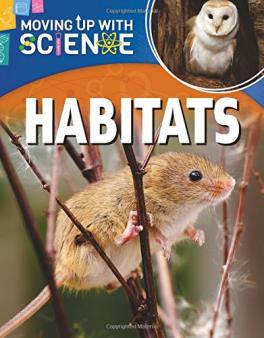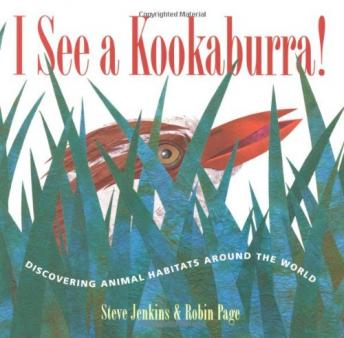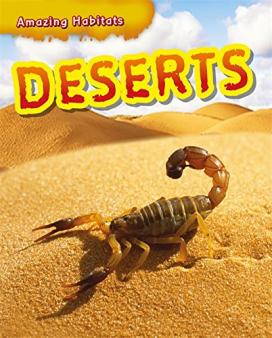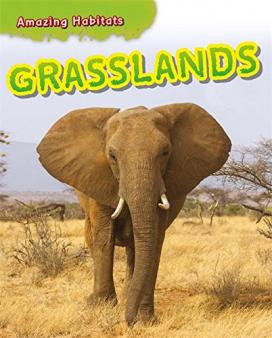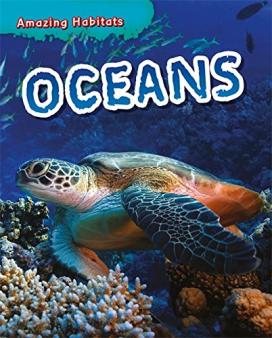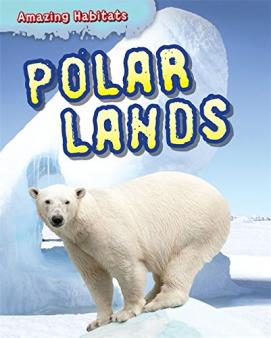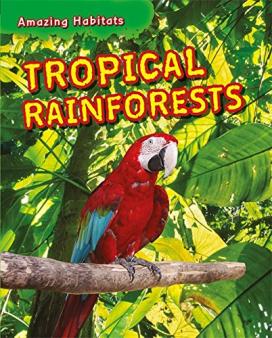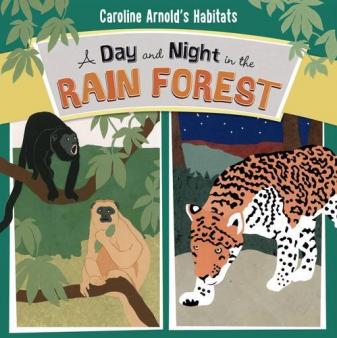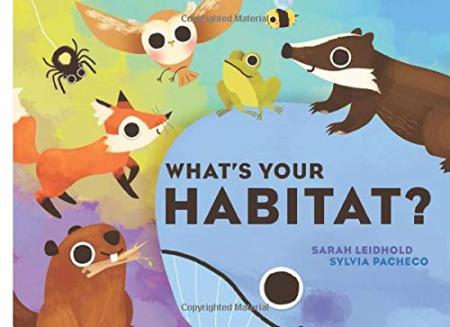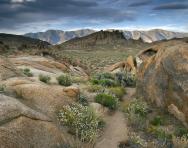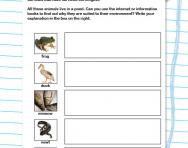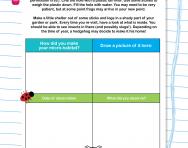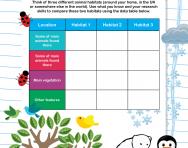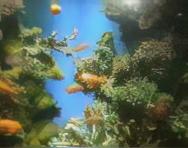What is a habitat?

What is a habitat?
A habitat is a home environment for plants and animals or other organisms. Examples of habitats include:
- desert
- meadow
- woodland
- grassland
- forest
- seashore
- ocean
A micro-habitat is a very specific, small home environment for plants, animals and insects. Examples include:
- ponds
- individual trees
- under a stone
- a pile of logs.
What do children learn about habitats at primary school?
In primary school children will learn to use the term habitat. They will investigate different habitats and consider which animals live in which types of habitats.
Children will consider why different animals are best suited to their chosen habitat. They will explore how habitats change over time and during the year.

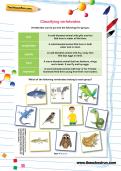
Download fantastic science resources today!
- Experiments And Science Fun pack
- Science Learning Programme for each school year
- All the instructions, questions and information you need
When do children learn about habitats?
In Year 2 children are introduced to the term ‘habitat’. Children will investigate what animals live in local habitats and micro-habitats around the school grounds and local area. They will begin to consider why different animals and plants are suited to their chosen habitats.
Throughout Key Stage 2 children will continue to explore and learn about different types of habitats locally and in the wider world (for example, rainforest and the ocean). They will identify how habitats change during the year and over time. Children will examine how animals and plants are suited to and adapt to their habitats in more depth .
How are habitats taught?
Children will look at different habitats in their local area, for example going on welly walks, going to forest school, going on trips to the park, pond dipping, searching the school garden, field or playground and participating in mini-beast hunts.
Children will use identification charts and classification keys to identify the creatures they find. They may look at them more closely using magnifying glasses or microscopes.
Teachers may give children matching activities to complete where they have pictures of different habitats and pictures of animals and plants to match together for example seashore and seaweed or meadow and daisy.
In KS2 children will be encouraged to describe the features of a habitat (for example, is it hot or cold, wet or dry) and consider which animals and plants are suited to this environment and why. Children may be asked to research a habitat such as the ocean or rainforest using books and the internet, then present their findings to the class, write a report or create a poster.
TheSchoolRun offers free habitat homework help for children:
Habitat activities for at-home learning
- Visit the library and look for books about habitats
- Explore a garden or a park as a habitat. What animals can you find? What plants are growing here?
- Go on a mini-beast hunt in the local area: look under stones, logs, around trees and around ponds.
- Give children a list of insects and / or plants. Can they find them in the garden, at the park or at the beach?
- Draw or paint a picture or create a collage for a chosen habitat such as a seashore or rainforest.

Give your child a headstart
- FREE articles & expert information
- FREE resources & activities
- FREE homework help

